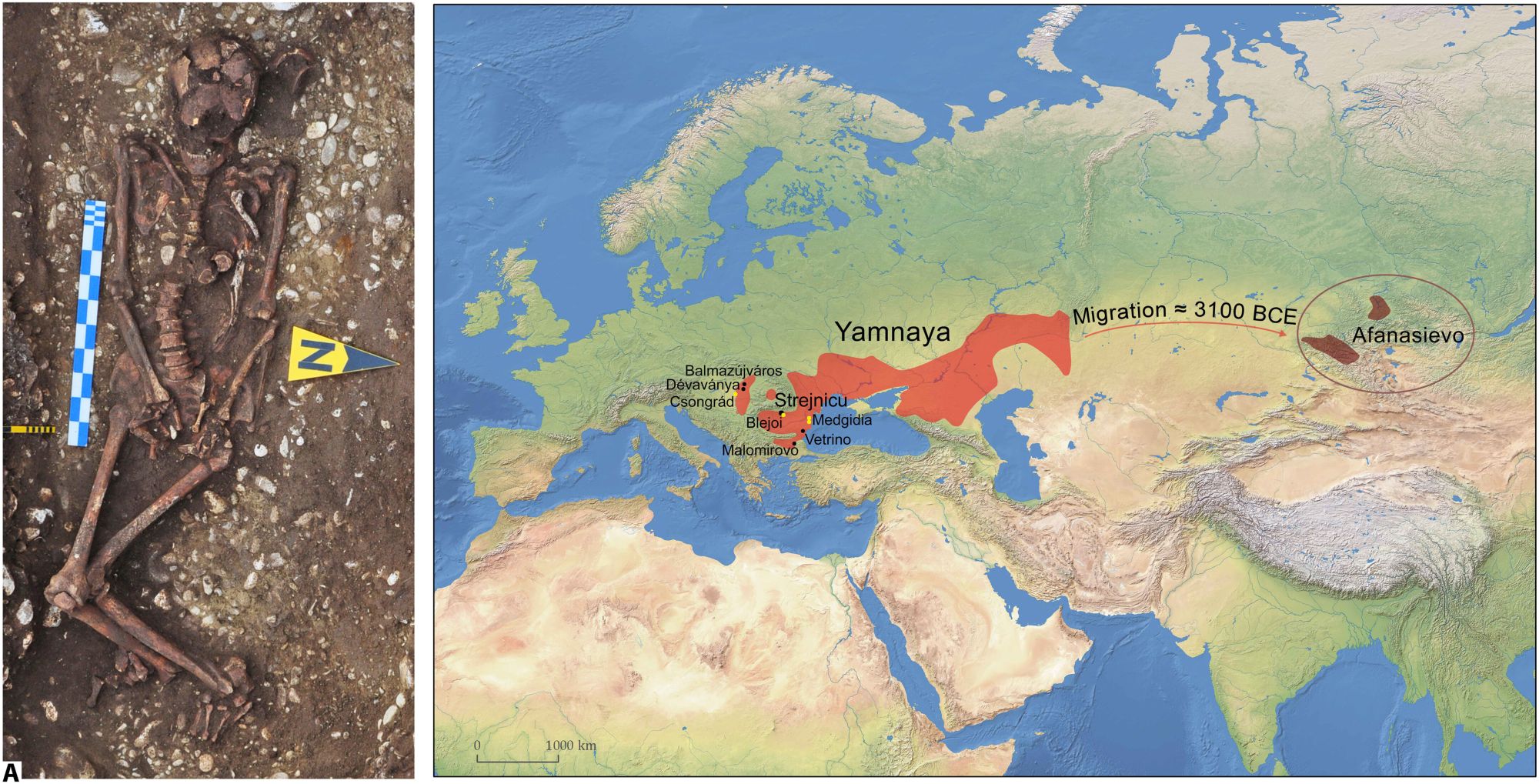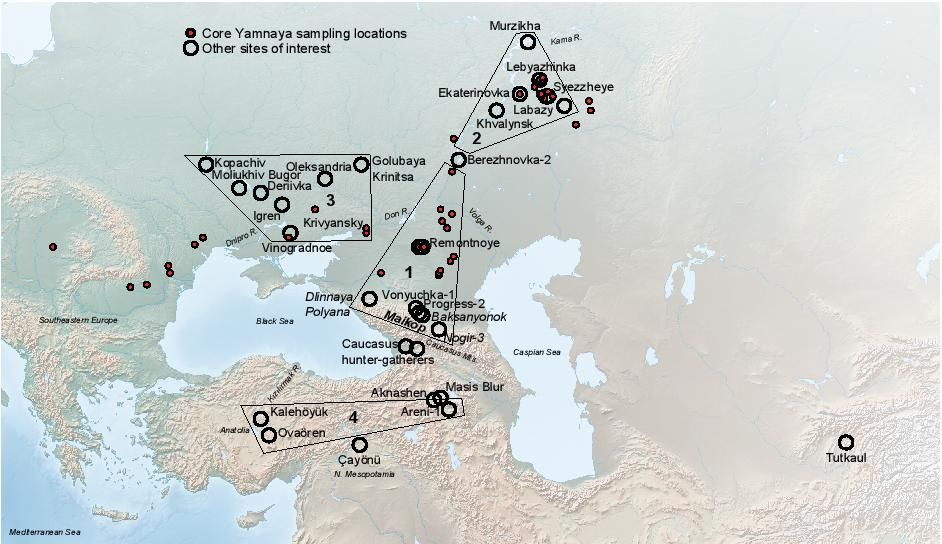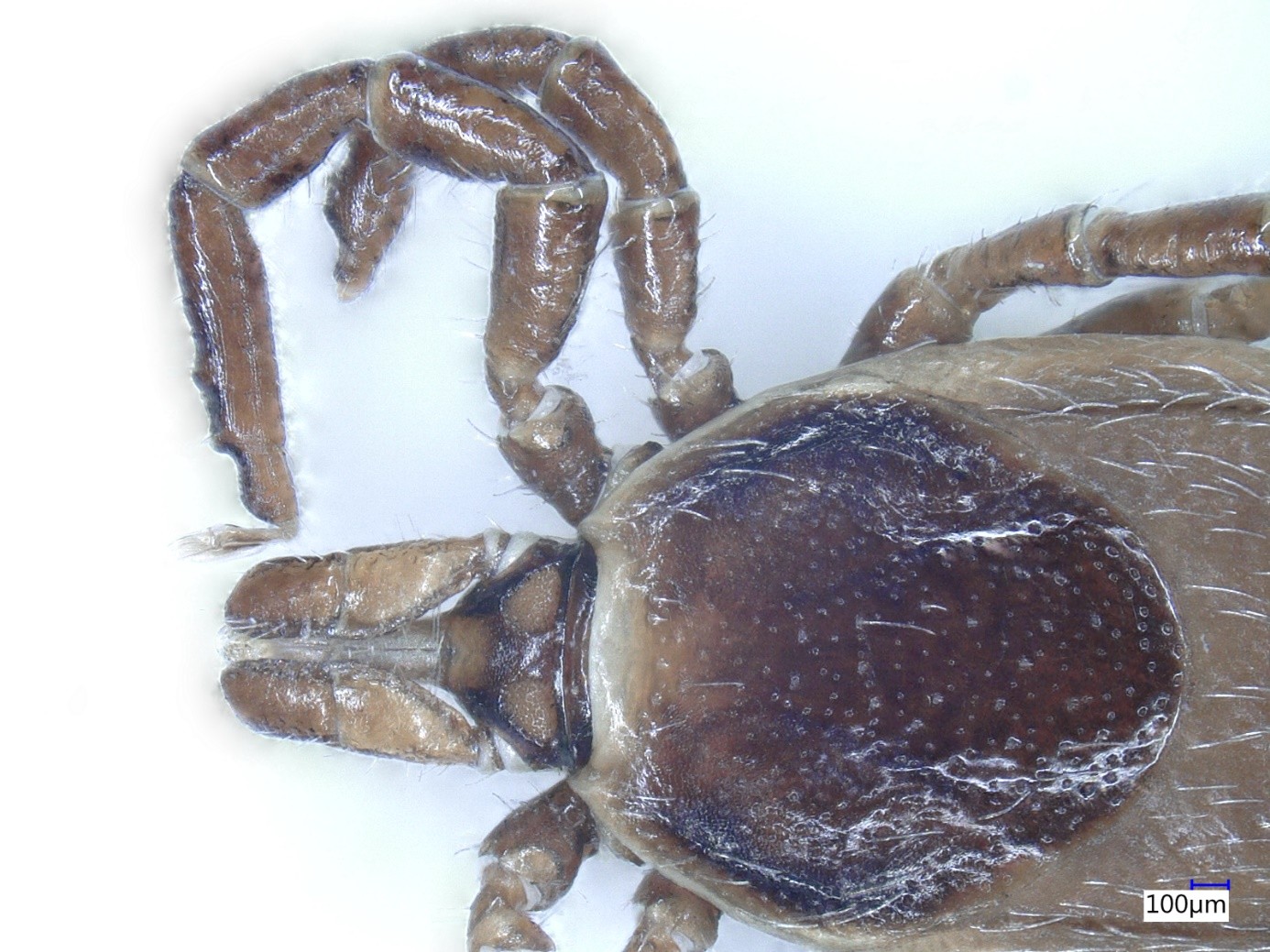Hungarian Researchers Help Uncover the Missing Link in the Origins of Indo-European Languages
An international research team, with the participation of Hungarian experts, has uncovered the missing link in the origins of the Indo-European language family. Their findings, based on genetic analyses, have been published in the journal Nature, as reported by the HUN-REN Research Centre for the Humanities (HUN-REN RCH).
Where do the origins of the Indo-European language family lie? This was the central question explored by an international research team of more than 130 experts. Over the past few years, the team analyzed the DNA of 435 prehistoric individuals from more than a hundred Eurasian archaeological sites, dating back to the period between 6400 and 2000 BCE.
The research involved the archaeological, physical anthropological, and archaeogenomic analysis of prehistoric communities found in present-day Hungary. Contributing to the study were experts from the HUN-REN RCH Institute of Archaeogenomics, the HUN-REN RCH Institute of Archaeology, the Department of Anthropology at ELTE TTK, the University of Szeged, the Déri Museum, the Damjanich János Museum, and the Hungarian Natural History Museum.

Examination in the Laboratory of the HUN-REN RCH Institute of Archaeogenomics
The Indo-European languages, numbering over 400, include major groups such as Germanic, Romance, Slavic, Indo-Iranian, and Celtic languages. Today, they are spoken by nearly half of the world's population, extending beyond the majority of modern Europe's population.
These languages are believed to have developed from Proto-Indo-European, whose origins and spread have been studied by historians and linguists since the 19th century. However, knowledge about the exact origins of the language family remains incomplete.
Previous genetic studies have already shown that the Yamnaya culture, which once thrived on the Pontic-Caspian steppe north of the Black Sea and Caspian Sea, began expanding westward into Europe and eastward into Central Asia around 3100 BCE.
As a result of this expansion, a large number of characteristic burial mounds, known as kurgans, appeared in the Great Hungarian Plain as well.
The new research findings have identified three genetic transitions in Eastern Europe and Southwest Asia during the 5th–4th millennia BCE.

A burial mound (kurgan) associated with the ancient Yamnaya culture on the outskirts of Hajdúnánás (Hajdúnánás-Fekete-halom; Photo: János Beregszászi).
Photo: Beregszászi János
The first transition occurred in the Caucasus-Lower Volga region, where the genetic heritage of Caucasian hunter-gatherer populations was predominant. The second transition, the Volga- region genetic gradient, emerged from the mixing of populations from the Caucasus-Lower Volga region with Upper Volga hunter-gatherer groups of Eastern European origin. The third transition, known as the Dnieper gradient, developed along the Dnieper River through the interaction between westward-moving communities from the Caucasus-Lower Volga region and Neolithic hunter-gatherer groups living along the northern coast of the Black Sea.
According to genetic findings, these populations directly gave rise to the core population of the later Yamnaya culture around 4000 BCE. Following this, the Yamnaya experienced rapid population growth and began to expand, against a backdrop of favorable climatic and environmental conditions.
The genetic signature of these "steppe ancestors" can be traced across Eurasia during the period between 3100 and 1500 BCE.

The spread of the Yamnaya phenomenon across Eurasia at the turn of the 4th–3rd millennium BCE. (Trautmann et al., 2023, Fig. 1.)
Among the demographic events of the past 5,000 years, the Yamnaya expansion from the steppe had the greatest impact on the genetic makeup of European populations. While language and genetic ancestry do not always align, it is highly likely that this population movement is also linked to the spread of Indo-European languages, making it a significant event in population history.
The only branch of the Indo-European languages that previously showed no direct steppe-related ancestry was the Anatolian branch, including Hittite. This branch is believed to be the earliest to diverge from the Indo-European language family, uniquely preserving linguistic archaisms that disappeared from all other Indo-European branches.
According to the newly published study, this community may be genetically linked to the recently identified Caucasus-Lower Volga gradient.
This discovery could represent the missing link that establishes a genetic - and by extension, linguistic - connection between the steppe populations of the Caucasus-Lower Volga region during the Eneolithic period and the communities that lived in Anatolia before or during the Hittite era.
According to the study’s findings, approximately 80% of the genetic ancestry of the Yamnaya communities can be traced back to the newly identified Caucasus-Lower Volga group.
The same group can also be considered as one of the ancestors, accounting for at least one-tenth, of the Hittite-speaking communities that lived in Central Anatolia during the Bronze Age.
Based on all this, the Caucasus-Lower Volga group can be linked to all Indo-European-speaking populations, making it the best candidate for the population that spoke the proto-Indo-Anatolian language, the Hittite and the ancestor of all later Indo-European languages - in the North Caucasus and Lower Volga region.

The genetic study of pre-Bronze Age populations in the Pontic-Caspian steppe and Western Asia highlights four key regions. The red circles indicate the sites of the Yamnaya culture from which samples classified as part of the genetically defined central Yamnaya group originate.
The genetic samples from Hungary originate from the westernmost expansion area of the Yamnaya communities, specifically from burial sites in burial mounds on the Great Hungarian Plain (Dévaványa, Kunhegyes, Nagyhegyes, Sárrétudvari, and Mezőcsát) that have been excavated in recent decades.
The new findings further confirm the East European genetic connections of these individuals. From the preceding period, around 4200 BCE, a particularly notable burial was discovered at the Csongrád-Kettőshalom site.
The man buried at this site is one of the earliest genetically confirmed individuals of steppe origin in the Carpathian Basin, with ancestral links also identified along the Volga River.
The human DNA samples from Hungarian archaeological sites were analyzed partly at the HUN-REN RCH Institute of Archaeogenomics laboratory and partly at the University of Vienna and Harvard University.
Further archaeological, linguistic, anthropological, and archaeogenomic findings related to these communities, currently under investigation in multiple projects, are expected in the near future.

